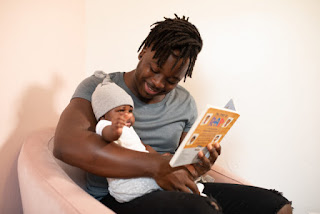Edmonton has recreated its electoral ward boundaries, and at the same time, named the new wards based on names gifted by the Committee of Indigenous Matriarchs.
I’d like to highlight one new ward in particular:
tastawiyiniwak - ᑕᐢᑕᐃᐧᔨᓂᐊᐧᐠ
You may have heard of the term “Two Spirit”, used to refer to Indigenous people who do not fit a Western gender binary and who had specific roles and responsibilities in their nations. The term is a cross-nation umbrella term for use only by Indigenous peoples, coined in contrast to Western labels and because many original Indigenous words have been lost due to the impact of colonization.
Tastawiyiniwak – pronounced TASS-TAW-WIN-EE-WOK – is the Cree-specific word for those who are Two Spirit. It means “the in-between people”, and “was only used when referring to all of the iskwêhkânak ekwah nâpêhkânak. Each was free to move between gender roles”.
To clarify, iskwêhkânak is the Cree word for “fake woman” (but without the negative connotations) and nâpêhkânak is the Cree word for “fake man”. Depending on the Cree nations, there were up to five additional words for gender beyond the “traditional Western” words male and female. Tastawiyiniwak is a word that refers to all Cree people whose gender roles are other than male or female.
So why was this name gifted to that particular new ward?
Terri Suntjens, Director of Indigenous Initiatives at MacEwan University, explains:
“We have grandmothers within our spiritual realm, within our ceremonies, that sit in different directions. We have the east, the west, the south, the north, the southeast. They each have different responsibilities. They look after different people and have different … responsibilities. And so, the grandmother that sits in the north direction, when the pipe is gifted and held up to the north, is the grandmother that takes care of our LGBTQ2S+ community” (shared at Edmonton Council meeting, Sept. 21, 2020)
For more information:
















